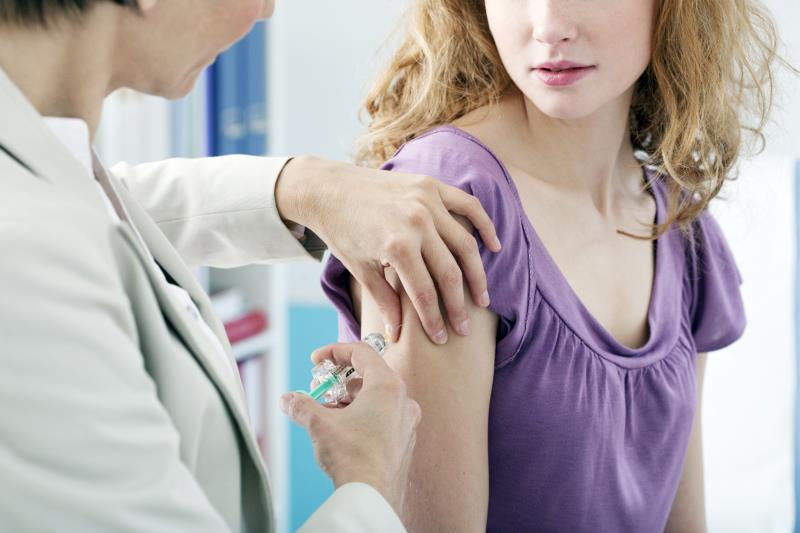
Receipt of an adjuvant human papillomavirus (HPV) vaccine following surgical excision could reduce the risk of cervical intraepithelial neoplasia (CIN2+) recurrence, according to a systematic review and meta-analysis submitted for presentation at SGO 2020.
“Adjuvant vaccination is associated with a [66 percent] reduced risk of recurrent high-grade dysplasia (CIN2+),” said study co-author Assistant Professor Kim Levinson from Johns Hopkins Medicine and Greater Baltimore Medical Center, Maryland, US.
“HPV vaccination should therefore be considered for adjuvant treatment to surgery in patients undergoing surgical excision for CIN2+,” said the co-authors.
The results were based on six studies (randomized controlled trials, prospective and retrospective cohort studies) published between January 1990 and 2019. The study population comprised 2,984 women with CIN2+ who underwent surgical excision alone (n=1,624) or surgical excision followed by adjuvant HPV vaccination (n=1,360).
Within 6–48 months, 3.3 percent (n=99) of the women experienced CIN2+ recurrence. There was a 66 percent significantly reduced risk of recurrence among women who received an adjuvant HPV vaccine compared with those who underwent surgical excision only (1.7 percent vs 4.7 percent; risk ratio [RR], 0.34, 95 percent confidence interval [CI], 0.22–0.55). [SGO 20/20, abstract 120]
There was also a significant reduction in the risk of CIN1+ among women who received the adjuvant HPV vaccine compared with unvaccinated women (6.3 percent vs 9.7 percent; RR, 0.67, 95 percent CI, 0.52–0.85).
“[T]he risk of recurrent lesions caused by the most oncogenic strains (HPV 16/18) [was] also significantly reduced with adjuvant HPV vaccination,” noted Levinson and co-authors.
This was demonstrated in an analysis of four studies which assessed HPV strain 16/18-related lesion recurrence. Among the 35 women who experienced HPV 16/18 CIN2+ recurrence, the risk was significantly lower among vaccinated vs unvaccinated women (0.9 percent vs 2.0 percent; RR, 0.41, 95 percent CI, 0.20–0.85). Of the 49 women who experienced HPV 16/18 CIN1+ recurrence, the risk was also significantly lower among vaccinated vs unvaccinated women (1.1 percent vs 3.1 percent; RR, 0.35, 95 percent CI, 0.18–0.67).
“Not only can this vaccine prevent HPV-related cancers but it also appears to help reduce the risk of recurrent dysplasia in women that already have HPV-related abnormalities,” said Levinson.
“The HPV vaccine has proven to be a safe and effective way for us to prevent HPV-related cancers. As providers, we need to make sure that we are educating women regarding the benefits of this vaccine,” she said.
Levinson noted that based on the time frame of the studies assessed, some women received vaccines that covered fewer HPV strains compared with currently available vaccines. “[T]he nonvalent HPV vaccine may have even more potential to decrease the risk of recurrent disease related to additional HPV types,” she said.